The human eye is an extraordinary organ, beautifully framed by delicate and expressive eyelashes that serve both functional and aesthetic purposes. The health of our eyelash follicles plays a vital role in maintaining the luster and natural beauty of our lashes. However, just like any part of our body, these tiny structures can suffer damage, leading to a range of concerns. In this article, we will learn about the common symptoms associated with damaged eyelash follicles. We will also provide some general insights into potential treatments. So scroll through and understand the signs of damaged eyelash follicles which can help you to take proactive measures to preserve your eye health. Head On to grab the best tips to protect your eyelash follicle.
How Do You Know If Your Eyelash Follicle Is Damaged?
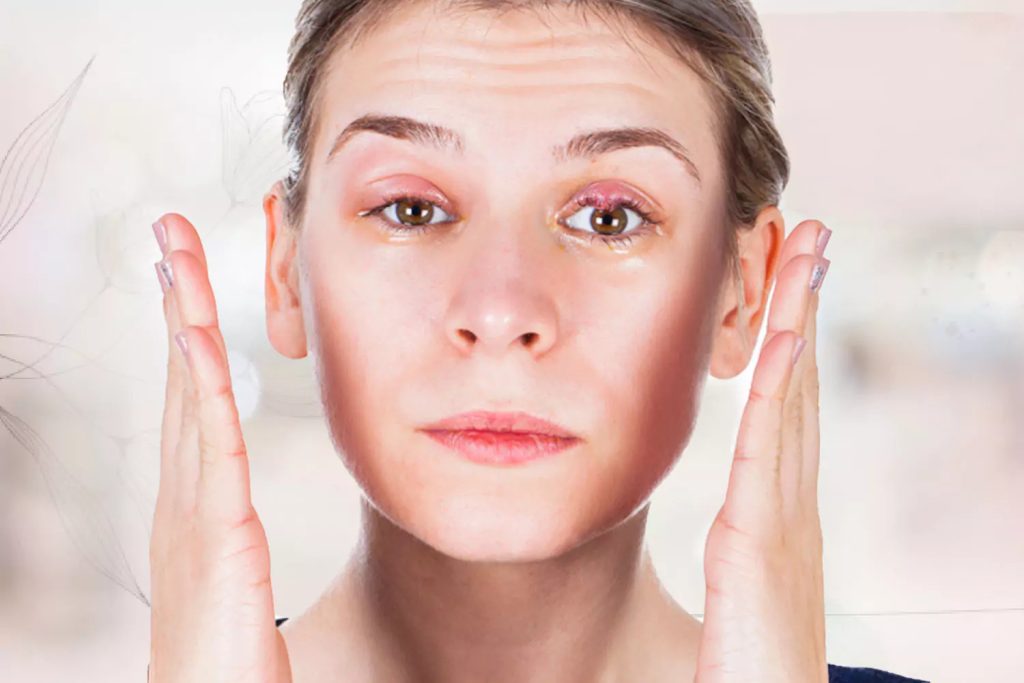
Damage to the eyelash follicle can result from a number of things, such as poor cosmetic habits, underlying medical issues, or external trauma. Eyelash follicle damage can be quickly treated and prevented from getting worse by being aware of the symptoms. In addition to being aesthetically beautiful, eyelashes also act as a barrier to protect our eyes. Unfortunately, eyelash follicles can suffer damage just like any other part of our bodies, which can result in a number of problems. It’s essential to identify the symptoms of eyelash follicle damage in order to address the issue and put the right solutions in place.
Symptoms Of Damage To Eyelash Follicle
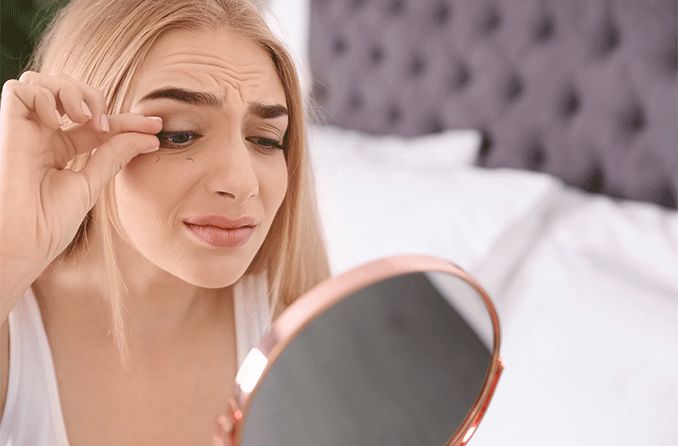
Depending on the extent and underlying causes, eyelash follicle damage can be identified using various symptoms. The following are some typical signs to watch out for:
- Damaged follicles may cause a reduction in the density or thickness of your eyelashes, giving them a thin or sparse appearance.
- Excessive lash loss may be a sign of follicle damage. If you observe an unusually large number of eyelash shedding or falling out, your eyelash follicle might be damaged. When you take off your makeup or find a lot of lashes on your clothes or pillow, you might see this.
- Damaged follicles can result in the formation of fragile or brittle eyelashes that are more likely to break. They could be brittle or snap readily.
- Slowed Growth: Optimal eyelash growth is possible because healthy eyelash follicles have a regular growth cycle. Damaged follicles, on the other hand, can sabotage this cycle and cause lash growth to slow down, become stunted, or even stop altogether.
- Damaged follicles may result in eyelashes that are abnormally shaped, crisscrossed, or growing in different directions from their usual pattern.
- Eyelids that itch or are inflamed: Follicle damage may result in eyelid margin irritation, itching, redness, or inflammation. This discomfort could impact your eyes’ general comfort if it lasts.
It’s crucial to remember that these symptoms may also be a sign of other underlying health concerns or eye conditions. Thus, it is advised to speak with a doctor or ophthalmologist for an accurate assessment and diagnosis. Early detection and adequate treatment can help protect the eyelash follicles from additional harm and encourage the formation of strong, healthy lashes.
Causes of Damage To Eyelash Follicle
Delicate and alluring eyelashes are very important in improving the appearance of our eyes. However, they are susceptible to harm from a variety of sources. Maintaining healthy lashes requires an understanding of these causes. So scroll through and examines the causes of eyelash destruction, which range from poor cosmetic habits to underlying medical issues.
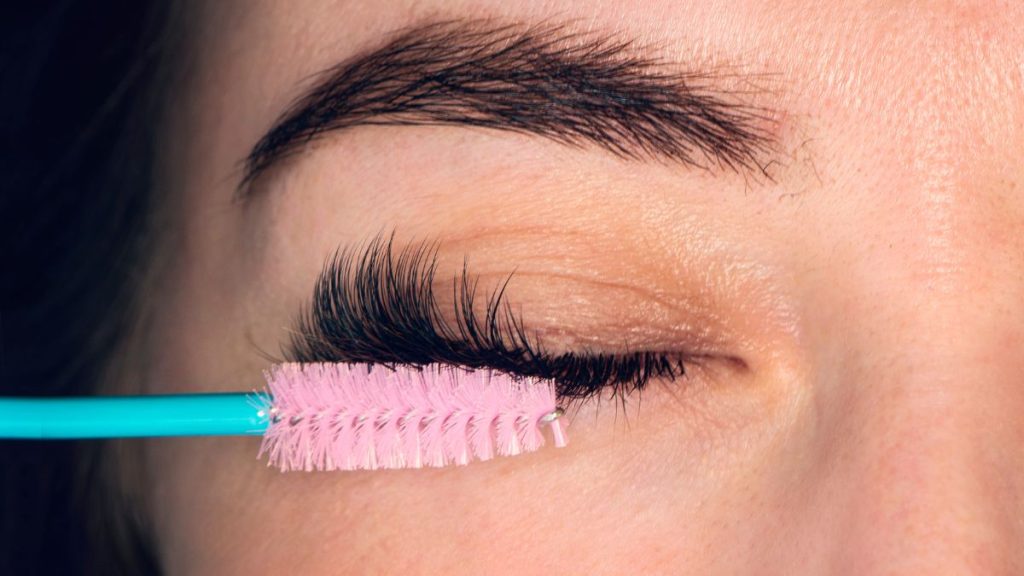
The eyelash follicles may become damaged for a number of reasons. These consist of the following:
Misleading Cosmetic Techniques
The eyelash follicles can become overworked or damaged over time if cosmetic products like mascara, eyelash curlers, or fake eyelashes are used excessively or improperly. Furthermore, removing mascara or eyelash extensions incorrectly or aggressively can harm follicles too.
Health Conditions
Specific medical diseases can cause damage to eyelash follicles. The health of the eyelash follicles can be impacted by conditions like trichotillomania (compulsive hair pulling), alopecia areata (an inflammatory disease that causes hair loss), and blepharitis (inflammation of the eyelid margins).
Anomalies Of The Hormones
Hormonal changes, such as those brought on by menopause, pregnancy, or thyroid conditions, can have an effect on the condition of hair follicles, especially those in the scalp.
Food Insufficiencies
The general health of the hair, including the eyelashes, can be impacted by inadequate consumption of key nutrients, including vitamins, minerals, and proteins. Nutritional deficits may cause lash damage by weakening the follicles.
Immune Reactions
Inflammation and irritation in the eyelash follicles can result in damage to the eyelash follicles when allergic reactions to specific cosmetic products. These include mascara, eyelash glue, or eye makeup, occur.
Injury Or Trauma
Eyelash follicles can sustain direct damage from physical stress or injury to the eyelids, such as from accidents, burns, or surgical operations, which can prevent them from functioning normally.
Specific Medicines
Some treatments, such as those used to treat glaucoma or chemotherapy, might have adverse effects that interfere with the growth and health of eyelashes.
Is Damage Reversible? Will My Eyelash Grow Back?
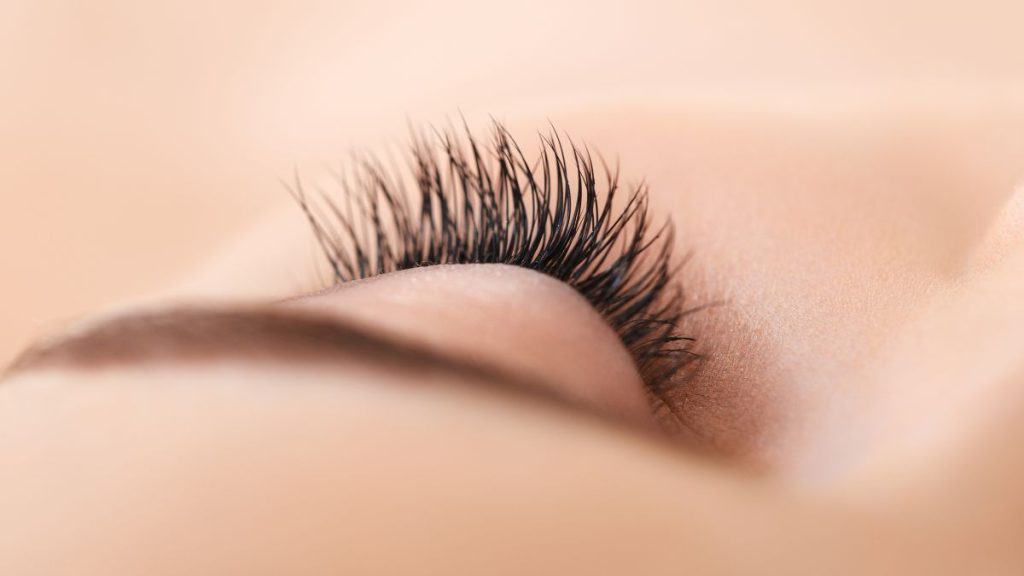
Eyelash damage is frequently repairable, and your eyelashes can regrow. You must check the degree and underlying cause of the harm must first. Here are several examples:
- Damage That Is Just Temporary: If the damage is due to external factors like harsh cosmetics, eyelash extensions, or mechanical trauma (like rubbing your eyes too hard), ceasing these activities will usually allow your eyelashes to recover over time. Therefore, damage that is temporary heal over time.
- Natural Growth Cycle: Eyelashes have a natural development cycle, so new lashes will gradually fill in the gaps left by damaged or shed lashes. Since every eyelash has a distinct development cycle, this process could take a few weeks to a few months.
- Medical Conditions That May Be To Blame: Certain medical conditions or treatments, such as alopecia areata or chemotherapy, can cause more severe and prolonged damage to eyelash follicles. In such cases, the regrowth of eyelashes may be slower or more unpredictable.
- Severe Damage: Damage that is severe or persistent, caused by physical trauma or some medical procedures like chemotherapy, may make it harder for eyelashes to grow again. In these situations, you may want to consider using artificial eyelashes, getting eyelash extensions, or getting cosmetic procedures to improve the appearance of your lashes.
It’s important to remember that while eyelashes can regrow, every person’s procedure will be different. Furthermore, to promote healthy renewal, regular eyelash maintenance and avoiding further harm are essential. It’s always to speak with a medical professional or ophthalmologist if you have concerns about the health of your eyelashes for a comprehensive evaluation and individualized advice.
How To Reverse The Damage Of Eyelash Follicles
Our eyes are not only the windows to our souls but also an exquisite canvas of expression framed by the mesmerizing allure of eyelashes. However, factors such as excessive mascara use, eyelash extensions, harsh cosmetics, or even certain medical conditions can lead to damaged eyelash follicles, causing our once-luscious lashes to lose their charm. The good news is that with the right knowledge and care, it is possible to reverse the damage and revive the natural beauty of our eyelashes.
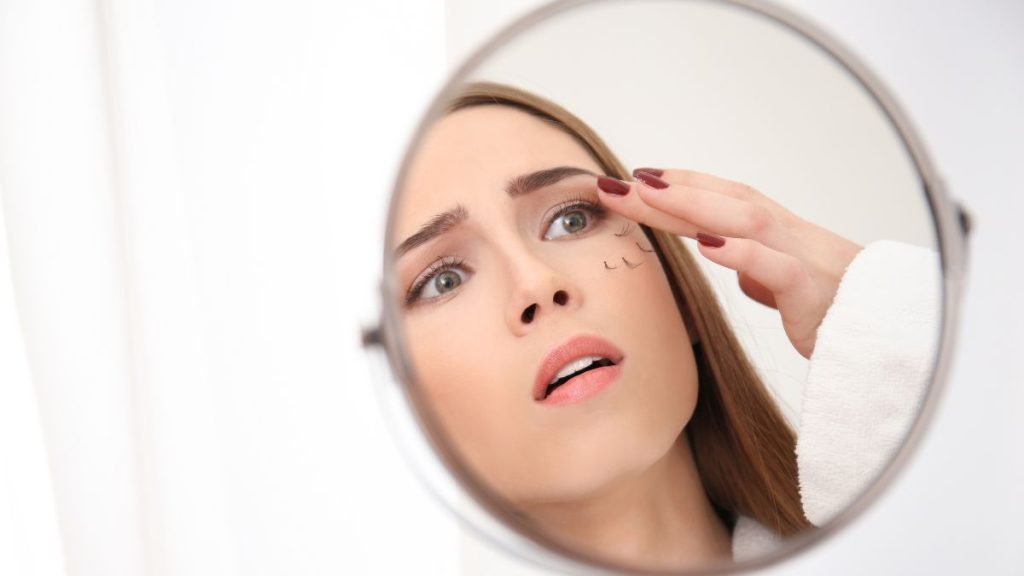
Here are some practical methods to repair eyelash follicle damage and encourage healthy regrowth:
- Remove Irritation: Identify and get rid of any allergens or irritants that might be harming the follicles in your eyelashes. Steer clear of harsh cosmetics, mascara that has gone bad, and extensions of eyelashes that pull on your lashes. Pick makeup for the eyes and makeup removers that are mild and hypoallergenic.
- Use Gentle Makeup Removal Techniques: When taking off your eye makeup, be sure to avoid pulling or rubbing your eyelashes. Remove the makeup gently, using a clean mascara wand or a gentle cotton pad.
- Avoid Using Too Much Heat: High temperatures of curling irons and hair dryers also cause harm to Eyelash follicles. Avoid using hot instruments close to your eyes, and wait until they are cool before using them.
- Maintain A Balanced Diet: A well-balanced and full of nutrients necessary for strong, healthy hair growth, such as vitamins A, C, E, and biotin. Salmon, eggs, leafy greens, nuts, and seeds are a few foods to think about including in your diet.
- Eyelash Serums: To hydrate and fortify your lashes, think about utilizing eyelash serums that include vitamins, peptides, and biotin. These serums can aid in fostering eyelash growth and thickness. However, to make sure the product is secure and appropriate for you, speak with a specialist or chemist.
- Be Gentle With Your Eyelashes: Don’t pull, tug, or rub your eyelashes excessively. Be gentle with them and refrain from picking or pulling at your lashes, as this can cause further lash loss and damage.
- Seek Doctors Help: If the damage to your eyelash follicles is significant or continues, speak with a medical practitioner or an ophthalmologist. They can evaluate your problem, make an accurate diagnosis, and make suggestions for various treatments.
Home Remedies: 7 Magical Ingredients

Discover how natural wonders can stimulate hair growth, condition your lashes, and promote overall eyelash health, leading to a more radiant and captivating gaze. So move ahead and check out different natural remedies which restore the beauty of your lashes. Therefore, let’s delve into the realm of natural healing and unveil the magic that awaits within your kitchen cabinets and garden.
The Following Home Remedies Can Help Your Eyelashes Appear Longer And Thicker:
Coconut Oil
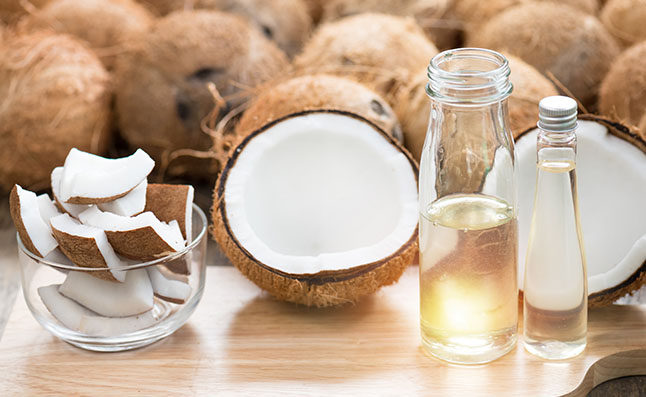
Fans of no-poo swear by coconut oil to hydrate their parched hair. This is due to research showing that fatty acids in coconut oil can enter hair strands. Although it asserts that coconut oil still won’t cause your lashes to grow, in principle, it can condition eyelashes similarly to how it does hair. Apply coconut oil on your eyelashes at night and wash it off in the morning. This may shield them from harm and condition them, making your lashes appear bigger.
Castor Oil

According to the research, Castor Oil, a form of vegetable oil, will not cause eyelashes to grow. Studies have suggested that the chemical constituents in castor oil may prevent breakage, but it is unlikely that it will grow your eyelashes faster. If you want to support and condition your lashes, you can still apply them at night and wash them off in the morning.
Olive oil

You can use olive oil as an inexpensive alternative to castor oil as an eyelash conditioner to give your eye fringe a youthful appearance. It is one of the most used remedies for the treatment of eyelash follicles. Also, it is easy to apply and can be used by anyone.
Green Tea

Green tea contains antioxidants that can help promote lash growth. Brew some green tea, let it cool, and then apply it to your lashes using a cotton ball. The antioxidants and other beneficial compounds present in green tea can help nourish and promote lash growth.
Biotin Supplement

Vitamin H or B7 are two names for biotin. You can consume it as a supplement or found in foods like eggs and spinach. Well, nutrients are good. However, there isn’t much evidence to suggest that taking a biotin pill actually promotes hair or eyelash growth. Additionally, some medications and biotin may interact, so consult your doctor before using.
Vaseline
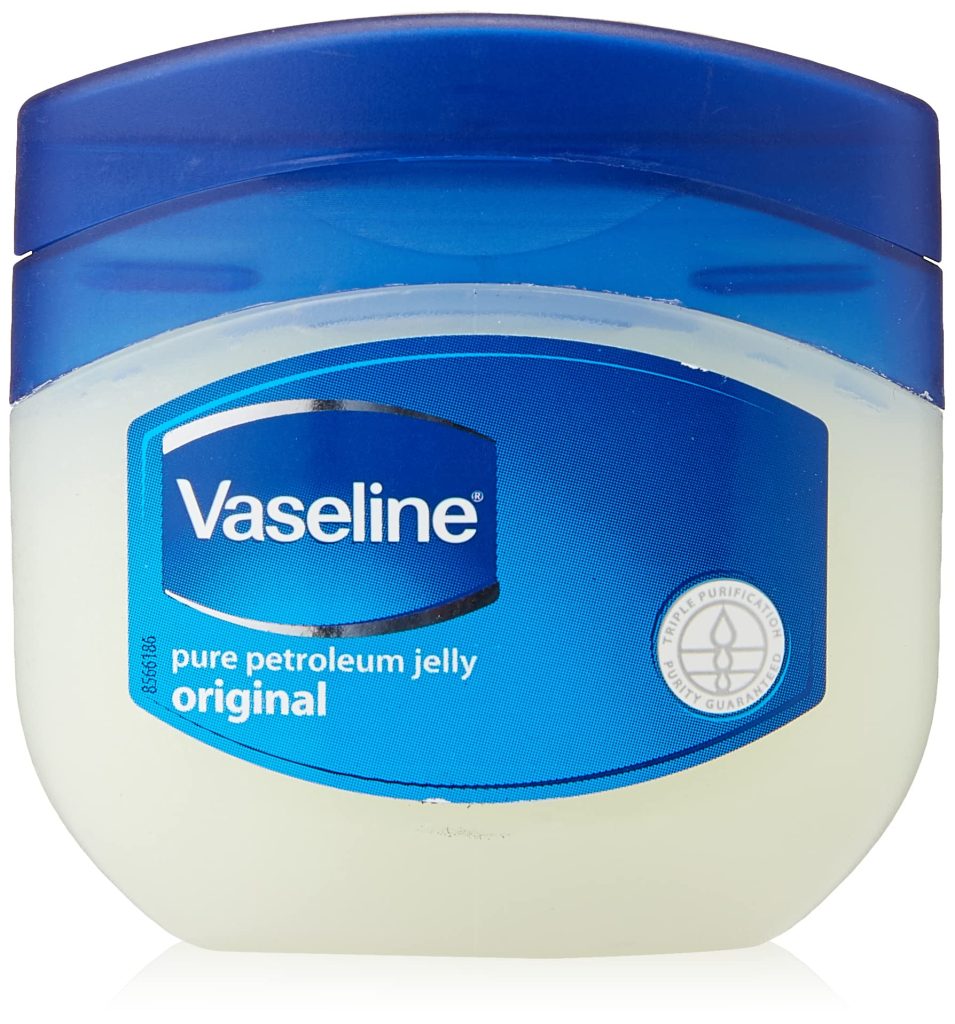
Petroleum jelly, popularly known through the brand Vaseline, is an occlusive moisturizer. It’s your best friend for dry lips, hands, knees, elbows, and feet. Vaseline can only provide the appearance that your lashes are moisturized and shiny. There is no scientific evidence that petroleum jelly lengthens lashes. You can use a cotton swab to apply a rice-sized amount of the product at night if you still want to give it a try to help moisturize your eyelashes.
Aloe Vera
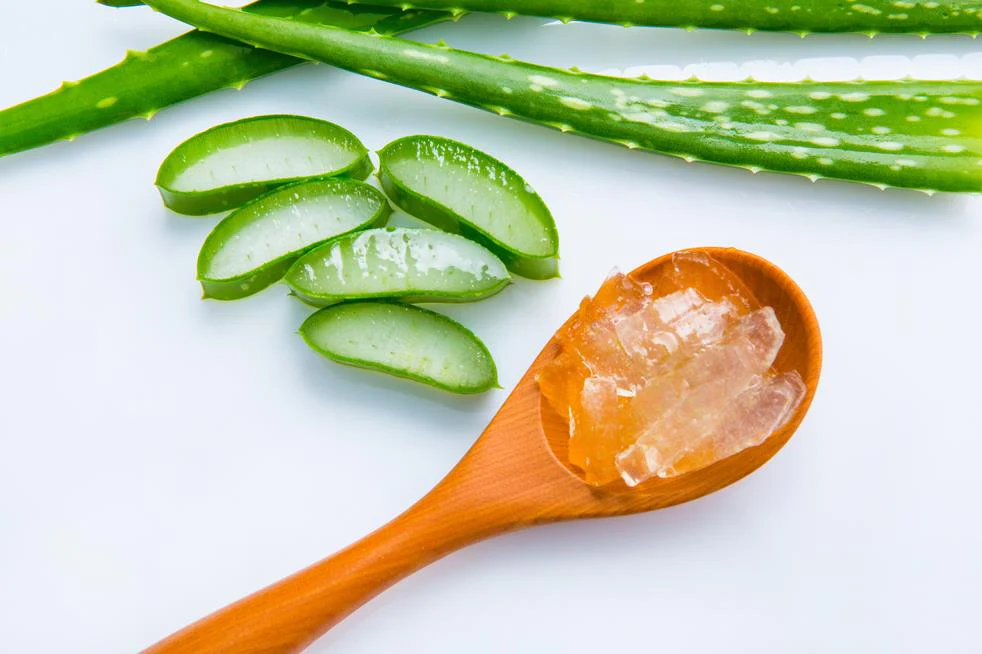
Another well-known and adored moisturizer is Aloe Vera. Unfortunately, there is no evidence to support the assertion that it lengthens lashes. You can use it during the night as your night care routine. Also, you can mix aloe vera gel with your moisturizer while doing your makeup.
Clinical Treatments Available for Eyelash Follicle
Eyelash follicles can benefit from a number of clinical procedures that remove damage and encourage eyelash development. Licensed medical professionals usually carry out these procedures.
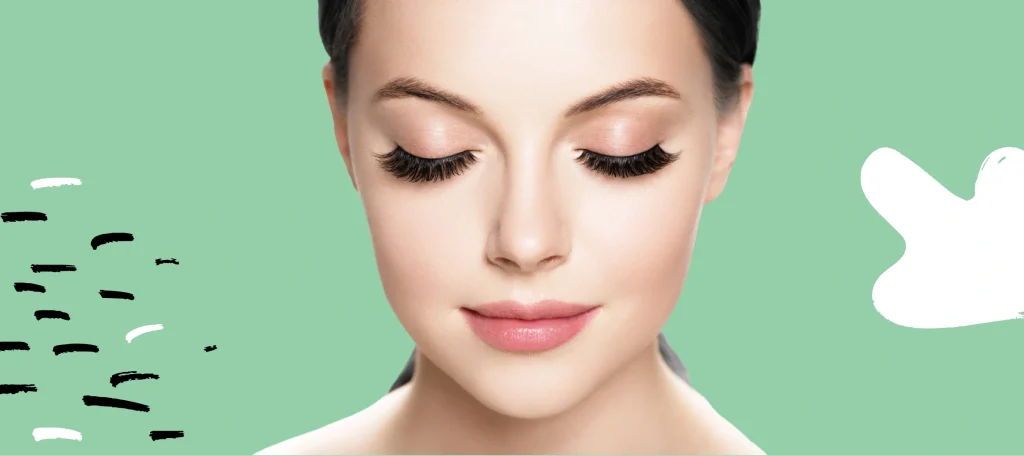
Here are some prevalent clinical treatments available for eyelash follicles:
Lipitor (Latisse)
Bimatoprost, an ingredient in the prescription drug Latisse, has been FDA-approved for the treatment of sparse eyelashes. It works by lengthening the growth phase of the eyelash hair cycle, producing longer, thicker, and darker eyelashes. It is applied to the base of the upper eyelashes.
Eyelash Extensions
In a common cosmetic procedure called eyelash extensions, individual synthetic lashes are affixed to your natural lashes. Longer and fuller eyelashes may occur after this surgery. Moreover, to prevent harming your natural lashes, it’s crucial to have them applied and maintained by a qualified specialist.
Eyelash Lift Or Perming
Using specialized solutions and techniques, eyelash lift or perming procedures curl the natural lashes. Without using an eyelash curler every day, this procedure can create the illusion of raised and curled lashes. It may also contribute to a face that is more alert and open.
Microblading Or Micropigmentation
These Microblading or Micropigmentation procedures include the manual application of semi-permanent colors to the lash line to simulate the look of thicker lashes. While Micropigmentation involves putting pigment along the lash line, Microblading employs tiny strokes to resemble individual eyelashes.
Platelet-Rich Plasma (PRP) Therapy
PRP therapy includes injecting platelet-rich plasma into the area under the eyelid from a small volume of blood that has been processed to remove it. Development factors in PRP can energize hair follicles and encourage eyelash development.
How Long Does It Take for Eyelashes to Grow Back?
Several variables, including the person’s normal hair growth cycle, can be the reason for eyelash loss or damage and the general health and condition of the eyelash follicles. They might affect how long it takes for eyelashes to regrow. The average time it takes for eyelashes to regrow properly is 4 to 8 weeks. It’s crucial to remember that this is simply an estimate and that people may have different experiences.
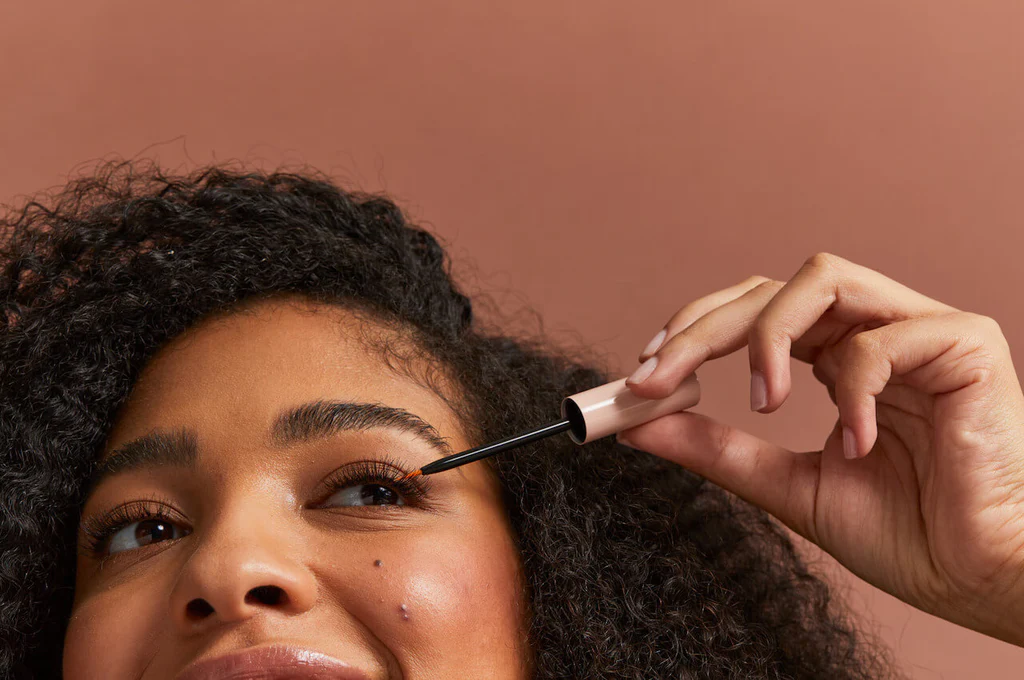
There are three stages in the eyelash growth cycle:
- The eyelashes are actively growing during the anagen phase, also known as active growth. For the majority of people, it normally lasts between 30 and 45 days.
- The growth of the eyelashes slows down during this brief transitional phase known as the catagen phase (transition phase). It persists for two to three weeks.
- Eyelashes are not actively growing during the telogen phase (resting phase), which is the resting phase. The previous lashes remain for around two to three months before they fall out.
New eyelashes begin growing from the follicles when eyelashes are shed in the telogen phase, beginning a new growth cycle. There will always be some eyelashes in different stages of the growth cycle. Thus, it’s crucial to keep in mind that not all eyelashes are in the exact same phase at the same time. It is also important to remember that age, general health, and dietary choices can all impact how quickly eyelashes grow. Following a nutritious diet, utilizing nourishing products, and refraining from excessive rubbing or pulling, will all assist healthy eyelash growth and minimize any delays in regeneration.
Temporary Solution Eyelash Extensions
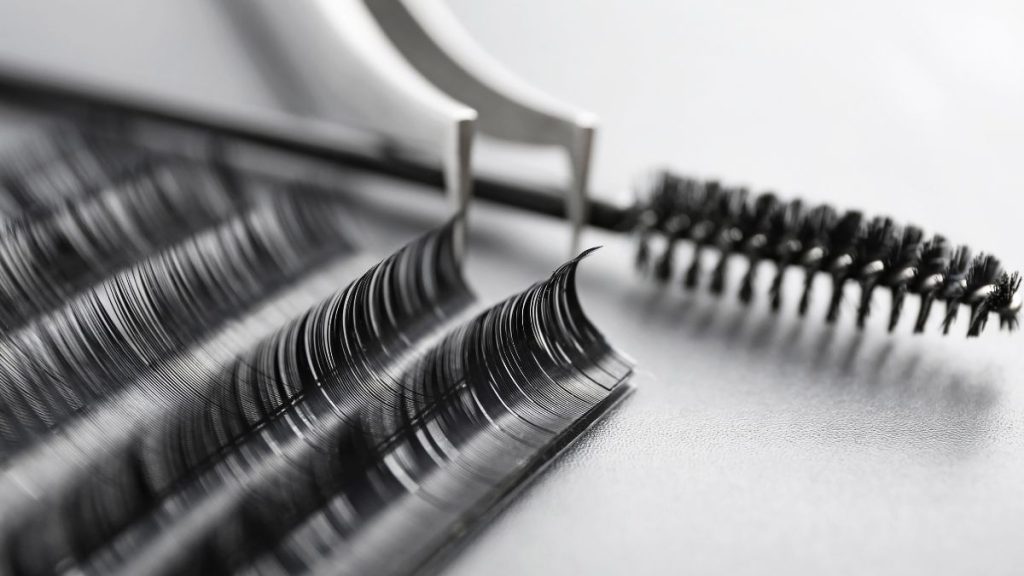
The temporary solution eyelash extensions are Strip lashes or individual cluster lashes which can be used in an extension treatment. Now scroll down and learn how to use each of these lashes as a temporary solution.
Strip Lashes As Temporary Solution Eyelash Extensions :
- The strip lash should first be measured against your eyelid, and if necessary, it should be trimmed to fit your eye shape.
- Along the band of the strip lash, apply a thin layer of eyelash glue. Wait for the glue to become sticky for a short while.
- As you carefully apply the strip lash, try to get it as close to your lash line as you can while looking down into a mirror. The strip lash should be pressed into place using tweezers or your fingertips.
- If desired, use mascara to mix your own lashes with the strip lashes after letting the glue completely dry.
Cluster Lashes As Temporary Solution Eyelash Extensions :
- A set of tweezers, single cluster lashes, and lash adhesive should be prepared along with a clean surface to work on.
- Use tweezers to hold the cluster lash while you dip the base of the cluster into the glue and wait for it to get tacky.
- Now place the cluster lash gently on your natural lashes near the lash line and press in place. Continue doing this to add additional cluster lashes until you get the desired appearance.
- Let the glue finish drying.
Only use the glue which comes up with lashes. Don’t use any other adhesive for fixing the lashes, as it can harm your eyes!
Note: Just be sure to remove only the extensions and leave your natural lashes behind. Remember that each of the strip lashes and individual cluster lashes is only temporary fixes, so remove them before night to prevent any harm to your lashes.
Frequently Asked Questions [FAQs]
1. What typical symptoms of damaged eyelash follicles are there?
Thinning or sparse eyelashes, extensive lash reduction, brittle or breakable lashes, itchy or inflamed eyelids, delayed or stunted growth, and malformed or atypical lashes are some symptoms of damaged eyelash follicles.
2. What damages eyelash follicles?
A number of things, including poor cosmetic habits (like overusing mascara or eyelash extensions), certain medical conditions (like trichotillomania or alopecia), and hormonal fluctuations, can harm the follicles that produce eyelashes. Some nutritional deficiencies, allergic reactions, trauma or injury to the eyelids, and specific medications will also have the same effect.
3. Can mascara or eyelash extensions harm eyelash follicles?
Using low-quality or expired mascara and applying or removing eyelash extensions improperly both have the potential to harm the eyelash follicles. Excessive pulling, tugging, or rubbing can weaken the follicles and cause damage over time to the eyelashes.
4. How can I ensure that my eyelash follicle is healthy?
It’s critical to follow regular eyelash maintenance procedures in order to maintain the health of your eyelash follicles. This entails carefully removing makeup, using high-quality, non-irritating eye makeup products, avoiding overusing mascara, and gently washing the eye area. Keeping a healthy diet, avoiding too much stress, and getting medical care for any underlying medical concerns will also help.
5. When should I seek expert assistance for damaged eyelash follicles?
A medical expert or ophthalmologist should be consulted if you have signs of damaged eyelash follicles that are persistent or getting worse. They can evaluate the state of your eyelashes and offer advice or treatment alternatives that are suitable for your particular circumstance.
Conclusion
Here you go with your answer: how do you know if your eyelash follicle is damaged? If you want to maintain adequate hair development on your eyelashes, it is crucial that you maintain the health of your lash follicles. Ailments or natural causes can cause your eyelash to fall out. You can resolve this problem by determining the causes of your eyelash follicles getting damaged. You must also take care while repairing your damaged eyelashes.
The same care should be given to your eyelashes as you give to your hair. The only thing that can keep your lashes from falling out in some cases is good upkeep. A healthy lifestyle and refraining from rubbing or applying pressure might lessen your loss. You may occasionally find yourself in a scenario where no amount of treatment is improving things. In this case, you ought to see a doctor as soon as possible.
